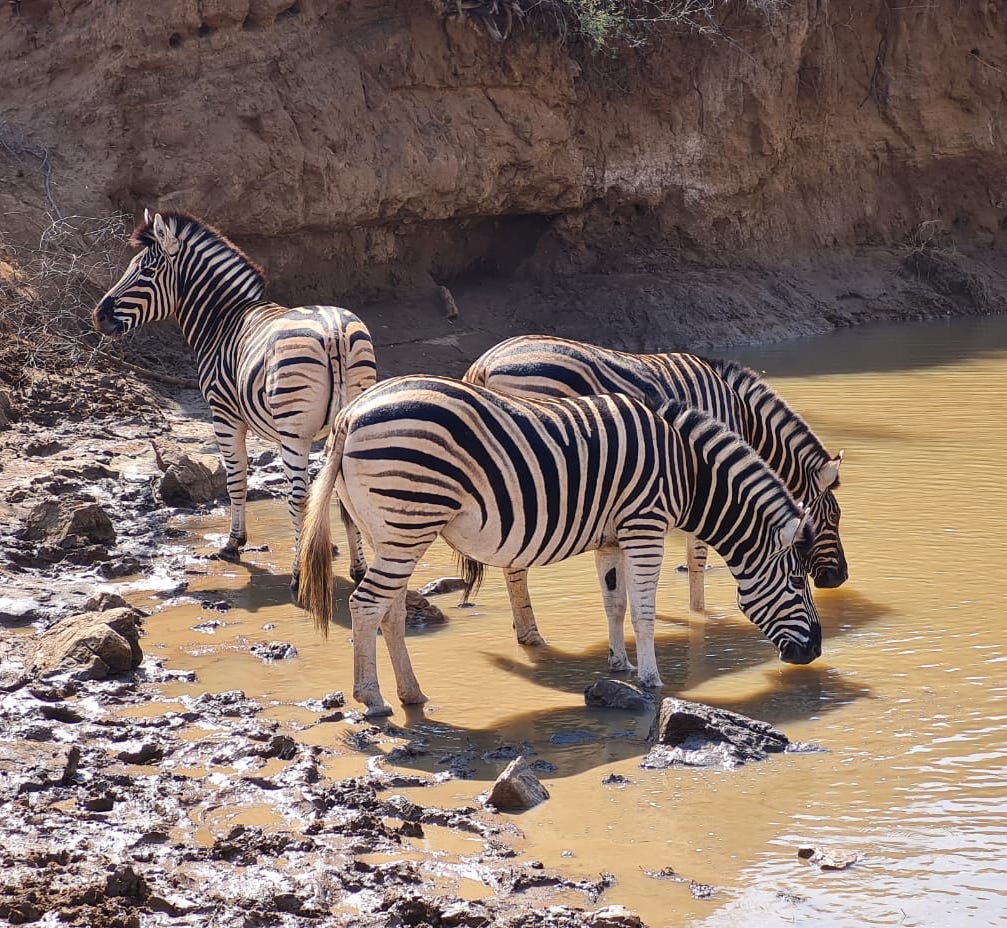Now that we’ve got your attention let us turn our focus to International Zebra Day. Every year on the 31st of January, the conservation community directs their efforts towards Zebra to raise awareness about these black and white creatures.
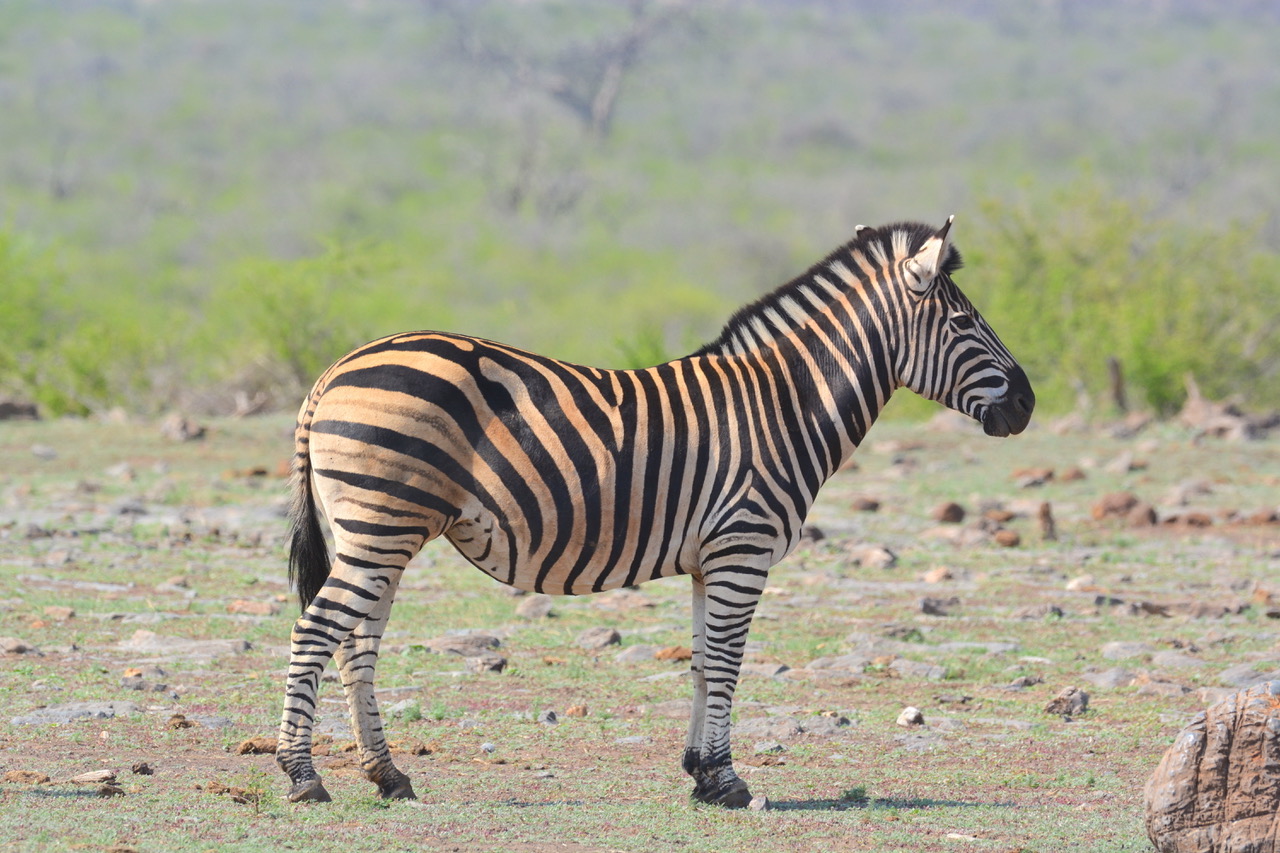

Movie fans will know the character Marty from Madagascar. Marty is a male Burchell’s/Plains zebra who used to live at the Central Park Zoo and is a good friend of Alex, the lion. Wildlife buffs will know that South Africa is home to two different species of zebra. The Cape Mountain Zebra (Equus zebra zebra), a subspecies of mountain zebra, is found in mountainous regions of the Western and Eastern Cape, including the De Hoop Nature Reserve. Burchell's/Plains zebra (Equus quagga burchellii) is a southern subspecies of the plains zebra (so Marty’s cousins). This species is found North West of the Orange/Vaal River system, which means the Madike Game Reserve is prime zebra territory.
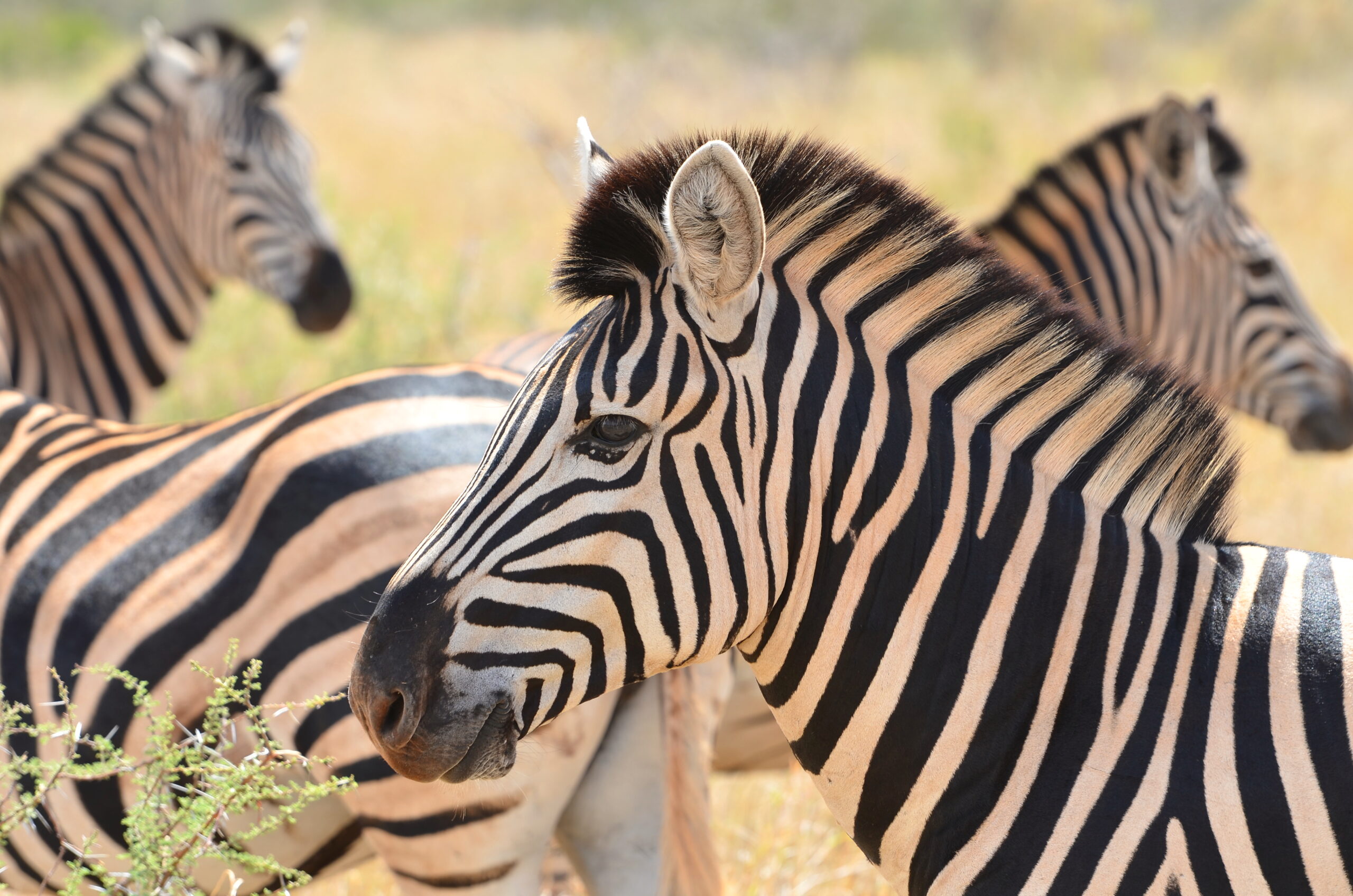

In 2002 the IUCN ( International Union for Conservation of Nature) assessed the global population of the Burchell’s/Plains zebra to be 660,000 individuals in the wild. Numbers for the Mountain Zebra were estimated to be 9,000. Each species of zebra has its own conservation status. According to the IUCN's Red List of Threatened Species, the Burchell’s/Plains zebra is not endangered, while the Mountain Zebra is considered vulnerable.
Conversion of much of the Cape Mountain Zebra’s habitat for farming has contributed to the animal’s endangered status, as well as hunting. Although Mountain Zebra historically lived all over southern Africa, the Cape Mountain Zebra now exists only on nationally protected wildlife preserves like the De Hoop Nature Reserve. In the 19th and early 20th centuries, Cape Mountain Zebra were hunted near to extinction for their skins (a misguided fashion statement for the Cruella de Ville’s of the period). By 1937, a population survey indicated there were only 45 Cape Mountain Zebra alive! National parks and wildlife conservation efforts have helped restore Cape Mountain Zebra populations to close to 1000 mature individuals. The Cape Mountain Zebra is protected by law and international treaty, which bans international commercial trade of mountain zebra or products manufactured from their skin or parts. International Zebra Day is a reminder that we need to be vigilant. Zebra are already extinct in Burundi and Lesotho and possibly also in the Sudan, Angola, and Somalia.
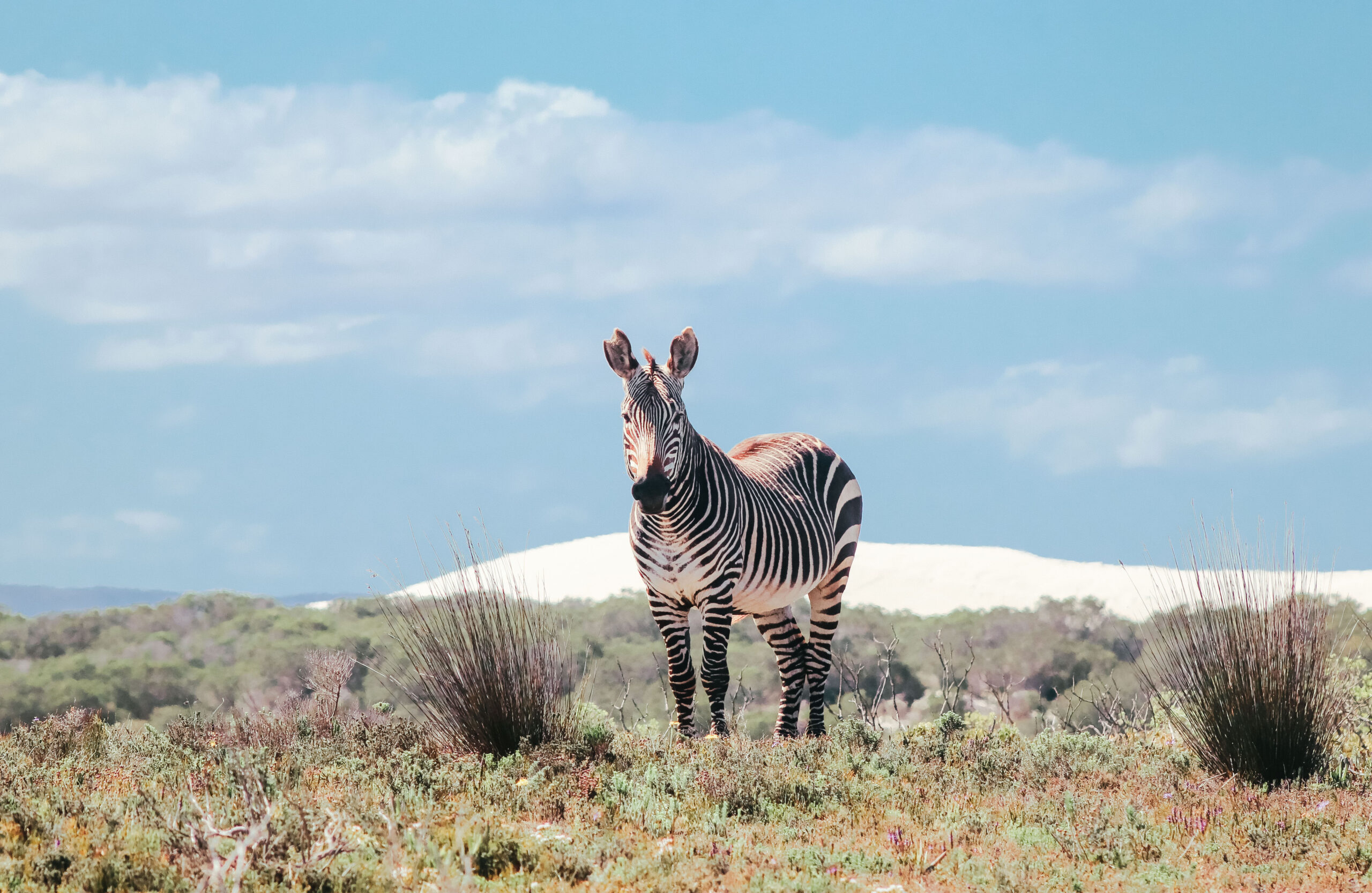

When you are visiting Morukuru Family Madikwe or Morukuru Family De Hoop, how will you be able to tell the two species apart? This is a hypothetical question since each property is home to only one type. Basically zebra look like smallish, stocky horses in stripped pajamas. Both species have black stripes on a white background so our expert rangers tell us that the easiest way to tell the species apart is to look at their bellies.
Burchell’s /Plains zebra: have stripes that cover their flanks and meet in the centre of their bellies. These can be seen even on foals. The black stripes can fade and even disappear as they go down the legs. They have shadow stripes between the black. Their necks are smooth underneath - no dewlap. Look at their noses too. The Burchell’s/plains zebra has a black nose with stripes meeting it.
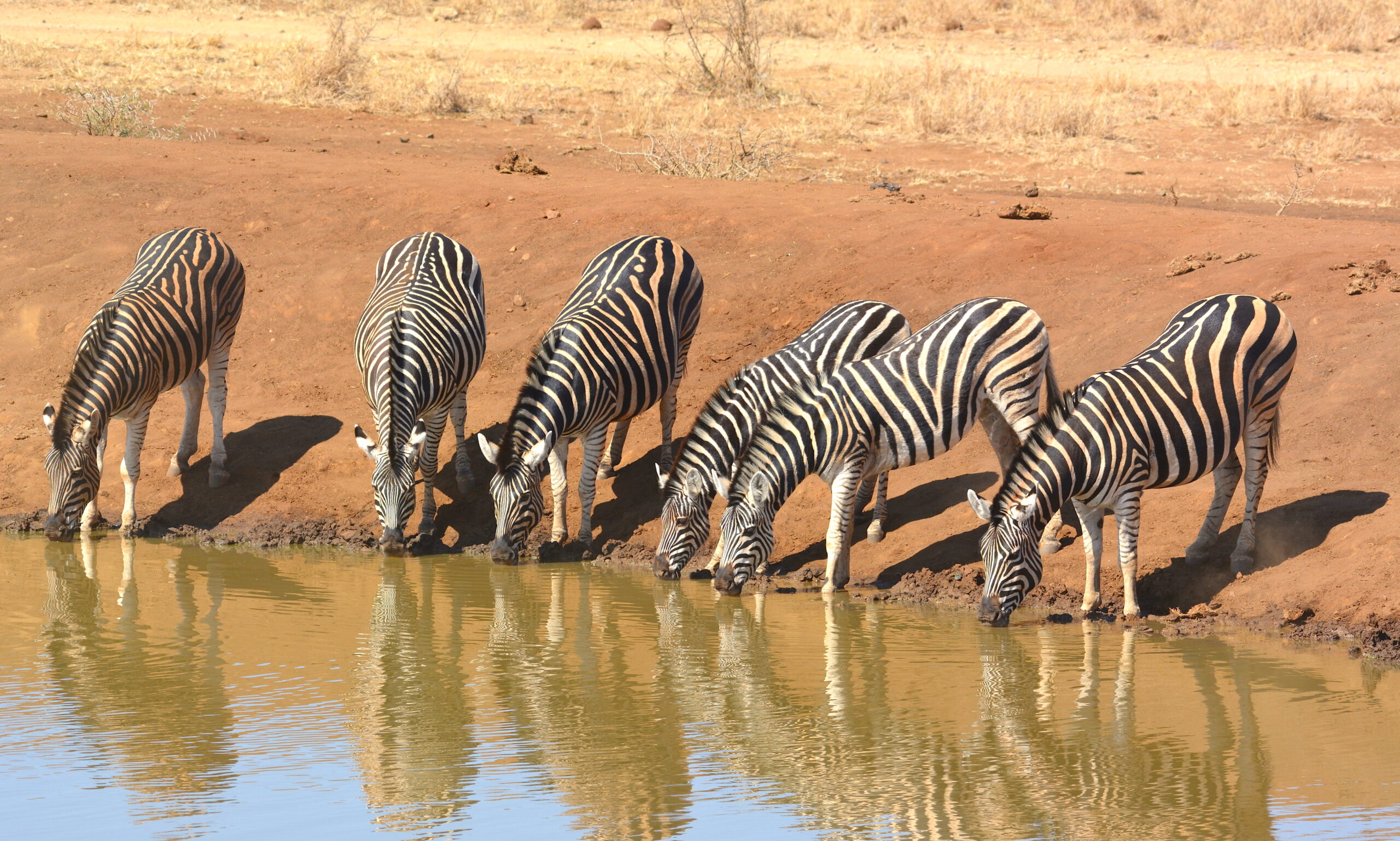

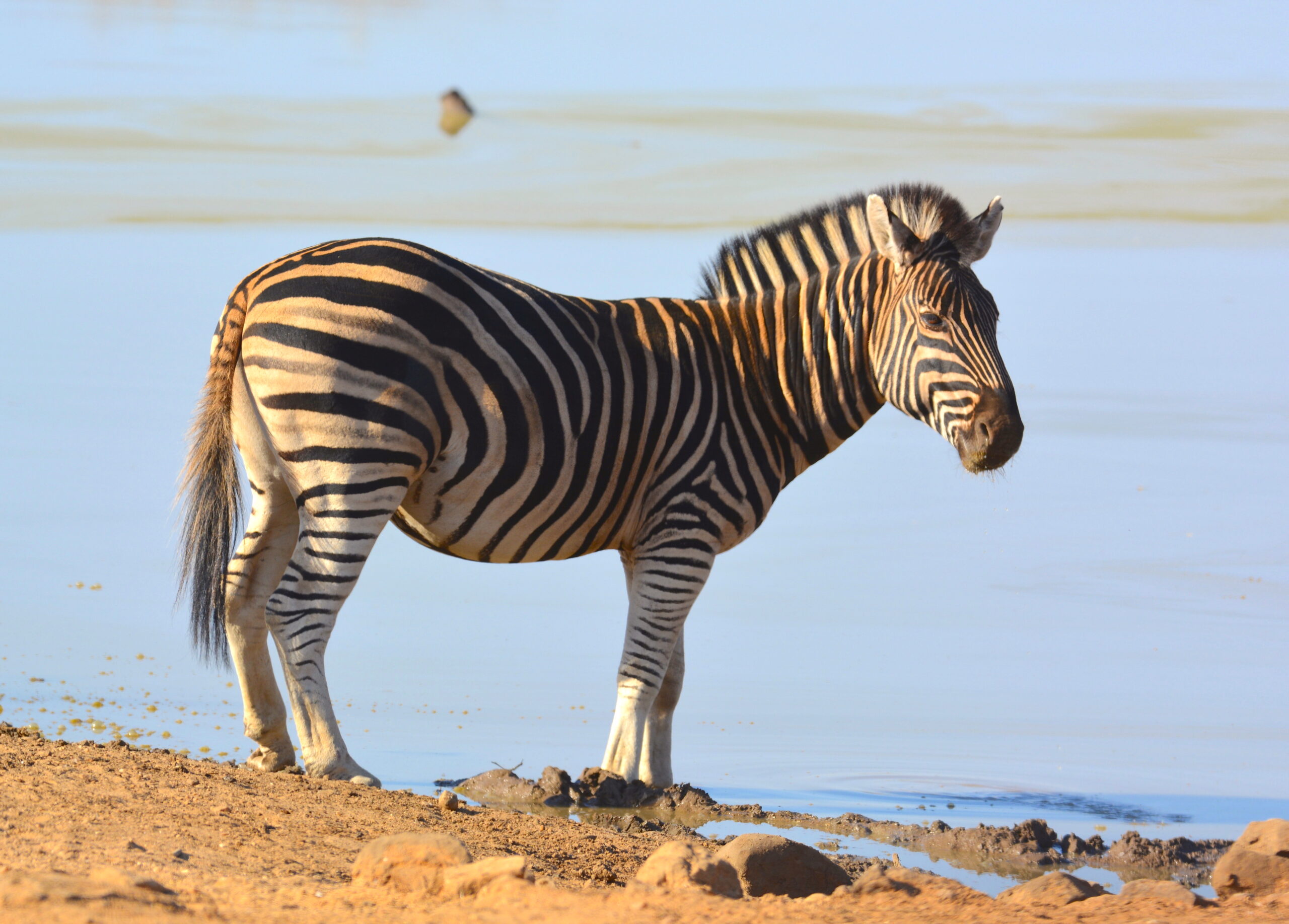

Cape Mountain Zebra: The Cape Mountain Zebra’s vertical stripes stop at their sides leaving a white-belly with a single black stripe running down the centre from neck to tail. There is usually no shadow stripe between the dark stripes, and the stripes stay distinct all the way down the legs. They have a dewlap (an obvious hanging fold of skin) under their necks; these are usually more pronounced in the males. Their noses have a chestnut or brown coloured patch above the black.
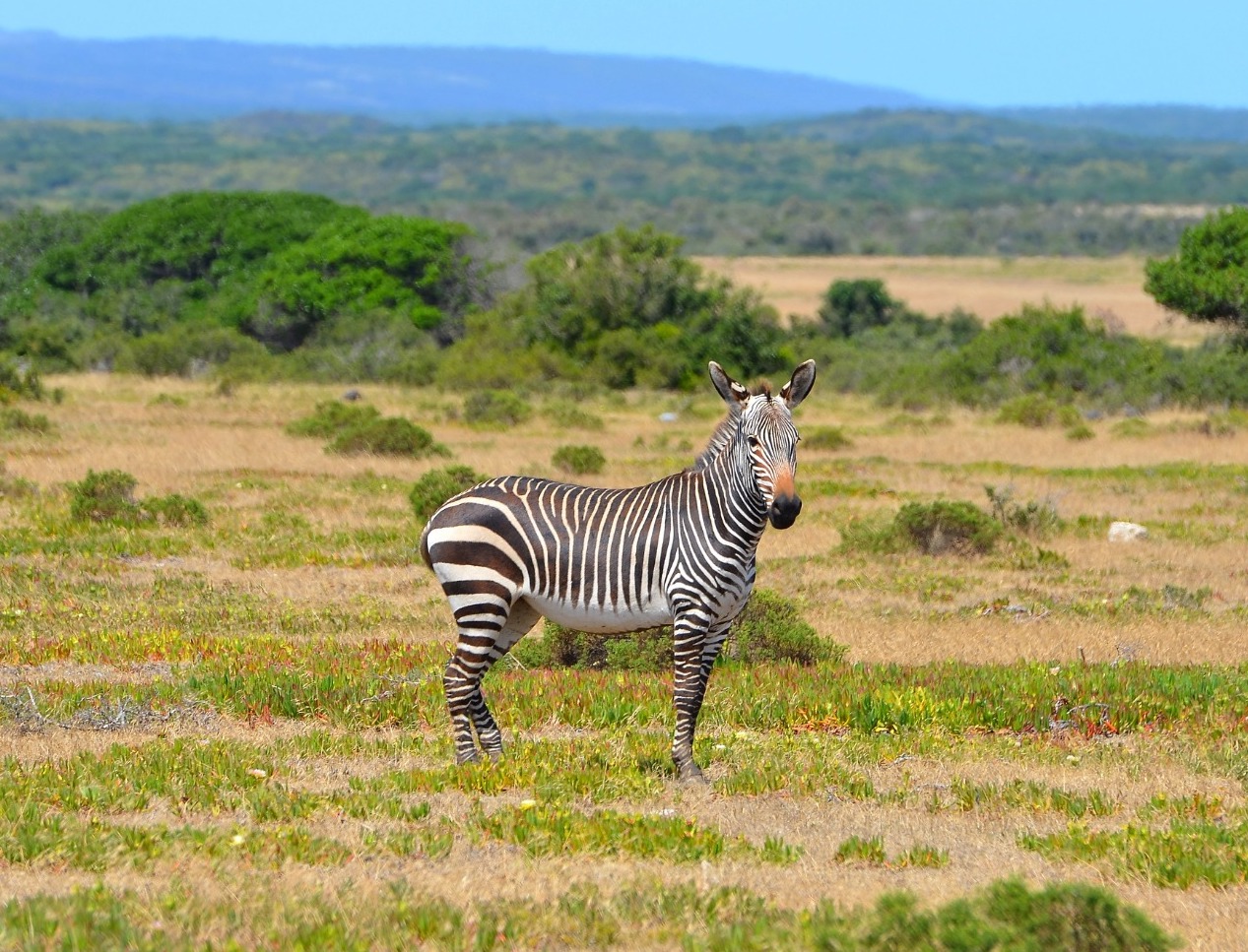

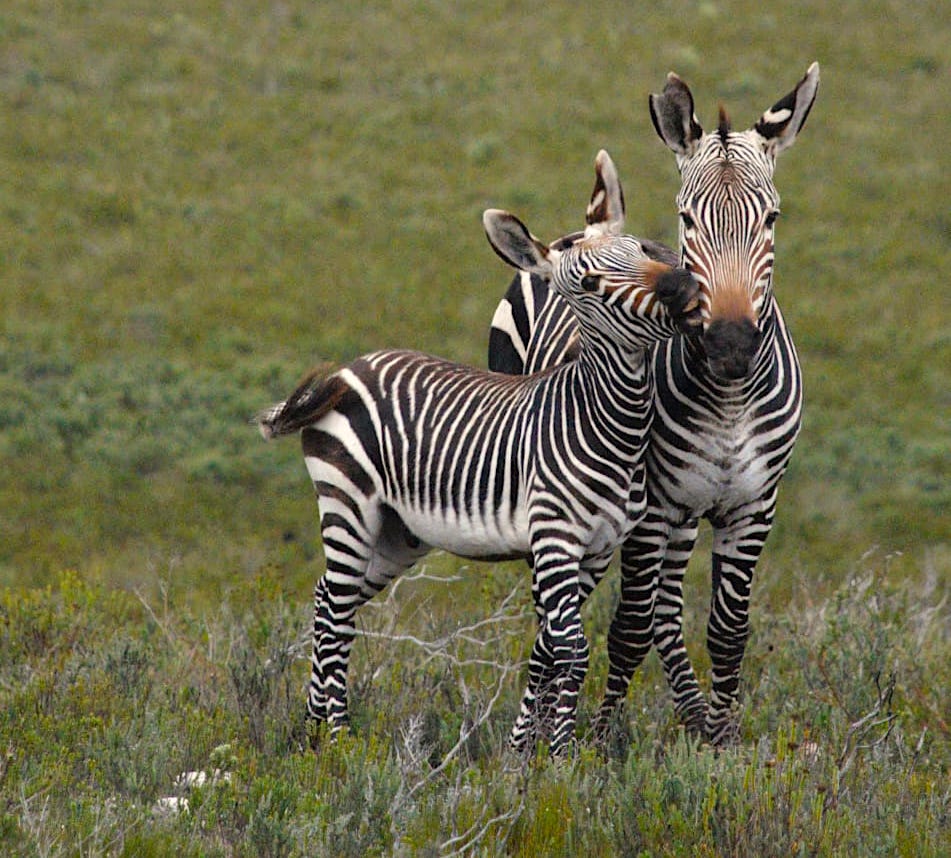

Now that you understand the differences between the Cape Mountain Zebra and the Burchell’s/Plains Zebra - habitat and anatomy - here are five fun facts that contribute to the legend of the Zebra.
Rock art: Geologists and palaeontologists have discovered images of zebra featured in pre-historic rock art and have dated these findings from 28 000 years ago. This was long before the Quagga - a type of Zebra became extinct in 1878.
The longest migration: Recently discovered through radio collaring, a small group of Burchell’s/Plains zebra made the longest known migration of any mammal. They walked 480 km from the Chobe River in Namibia to the Nxai Pan, Botswana and back again.
The tail that got away: Sometimes when two males fight over a female one will bite off the other’s tail. Not only does the tailless stallion usually loose the girl, he also has a permanent reminder in the form of biting flies he cannot switch away.
Ankle foul: Aggressive males (again when fighting for the ladies) have been known to fall to their knees (actually wrists) and bite each other ankles.
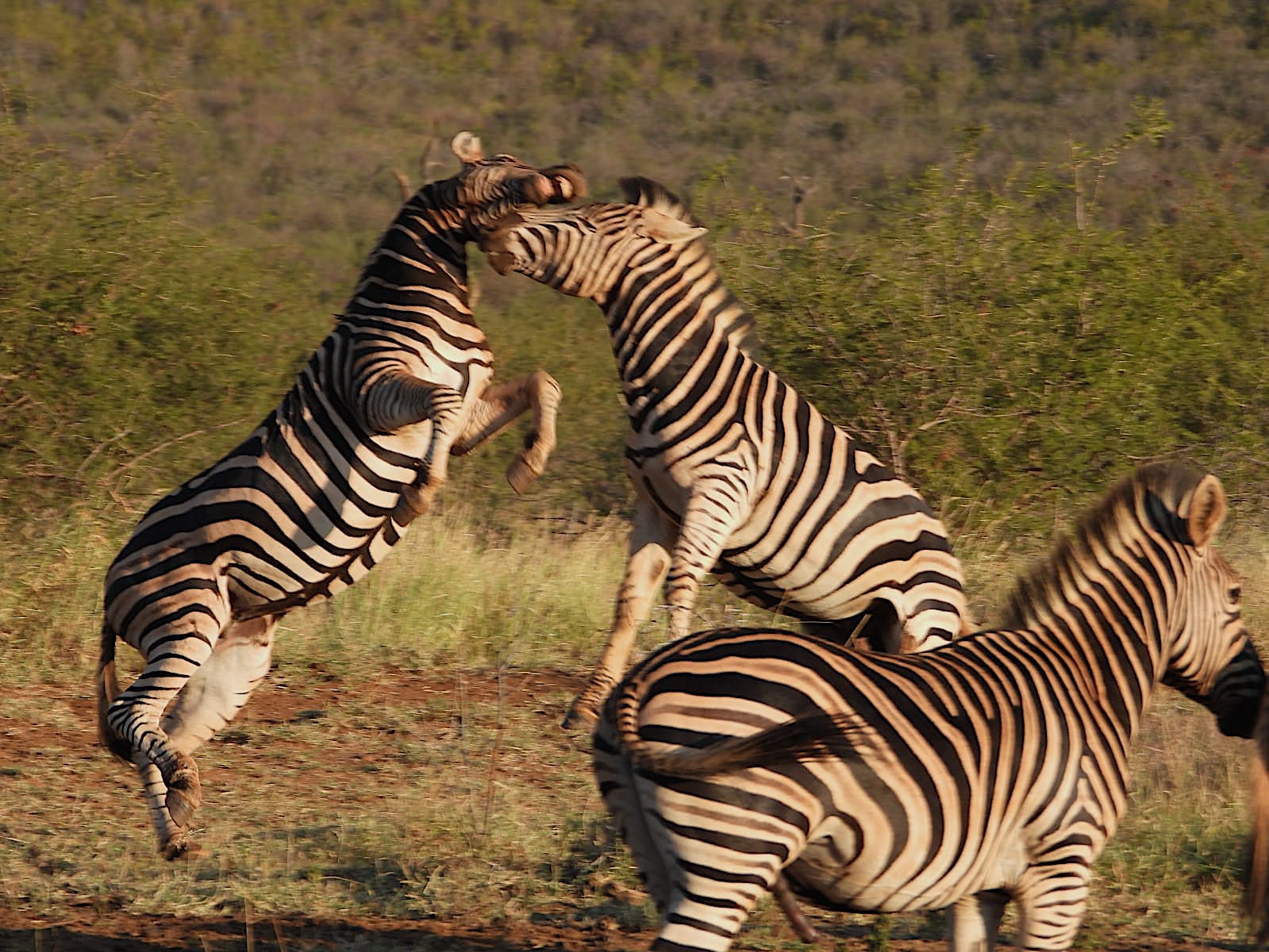

Cool down: More concentrated capillaries under black stripes causes them to get hotter than the white. Little air currents, like mini-winds, form between the stripes and may help to cool zebra down.
How can YOU raise awareness of the threat to zebra and make a difference? You can choose to support wildlife conservation initiatives such as the Morukuru Goodwill Foundation (MGWF). Morukuru Goodwill Foundation (MGWF) was founded in 2007, by Ed & Anka Zeeman owners of Morukuru Family, and has a multitude of goals including, but not limited to all types of wildlife conservation. Or you can draw attention to International Zebra Day in style by dressing up in black and white or telling a hilariously bad Zebra joke like…Zebras usually hold strong opinions. They are very black and white creatures.
